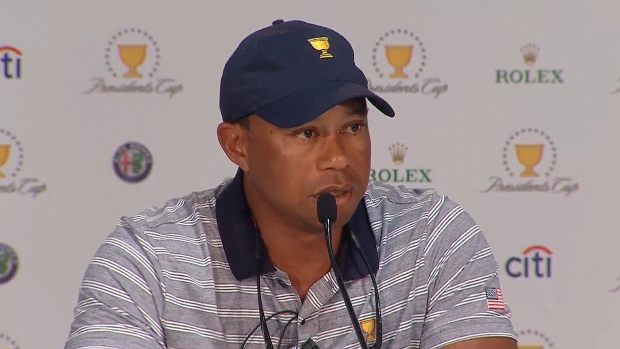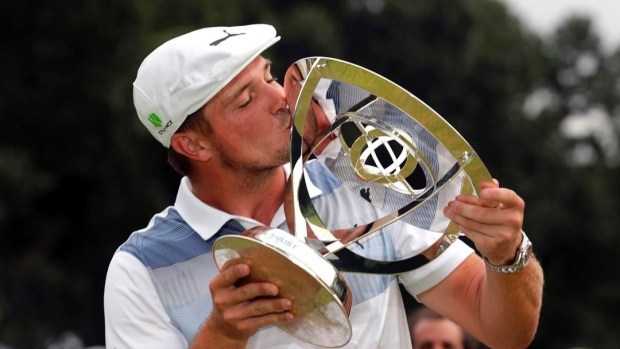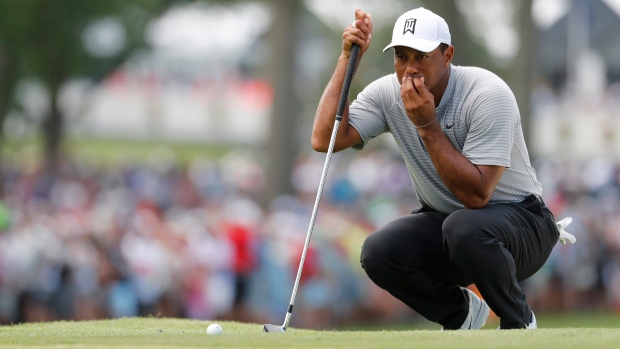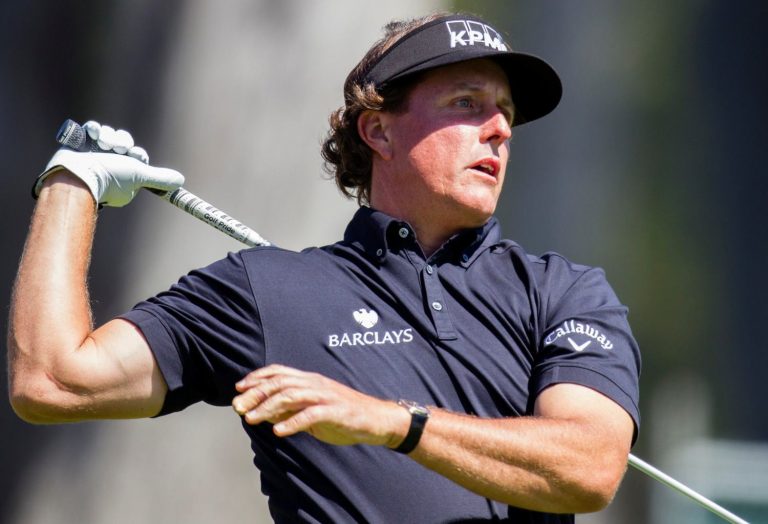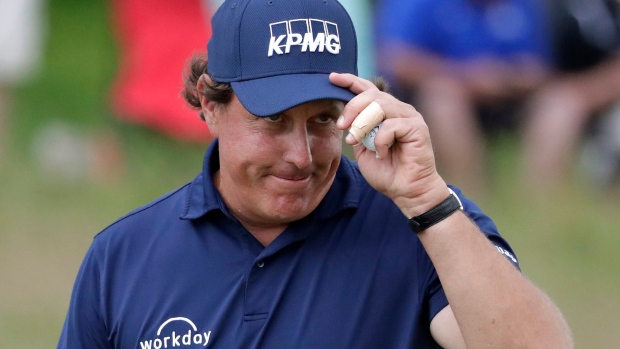Rory’s problem not that complicated
By Mark Zecchino, originally published in The Toronto Sun .
Nearly seven years and counting, that’s how much time has transpired since Rory McIlroy’s last major championship victory. That win, at the 2014 PGA Championship, was his second major of the season, fourth of his young career, and he would later be acknowledged as the PGA Tour’s player of the year.
Since then, McIlroy has accomplished a great deal: 2015 European Tour Player Of The Year, 2015 Race To Dubai Champion, 2019 FedEx Cup Champion, and numerous impressive wins including a dominating performance at the 2019 RBC Canadian Open. If you were a top 50 player, or even one of the game’s elite, the above stretch would be deemed a success and full career highlights and achievements; but this is Rory McIlroy. The player that was labelled “the next one”, held to a different standard, one measured by majors through a historical lens reserved for Tiger, Jack, or Hogan.
For several years the conversation was all about when Rory would win at Augusta and complete his career grand slam, but in recent years the conversation has switched to when (or if) he will win another major at any point.
What happened? How did it get off track?
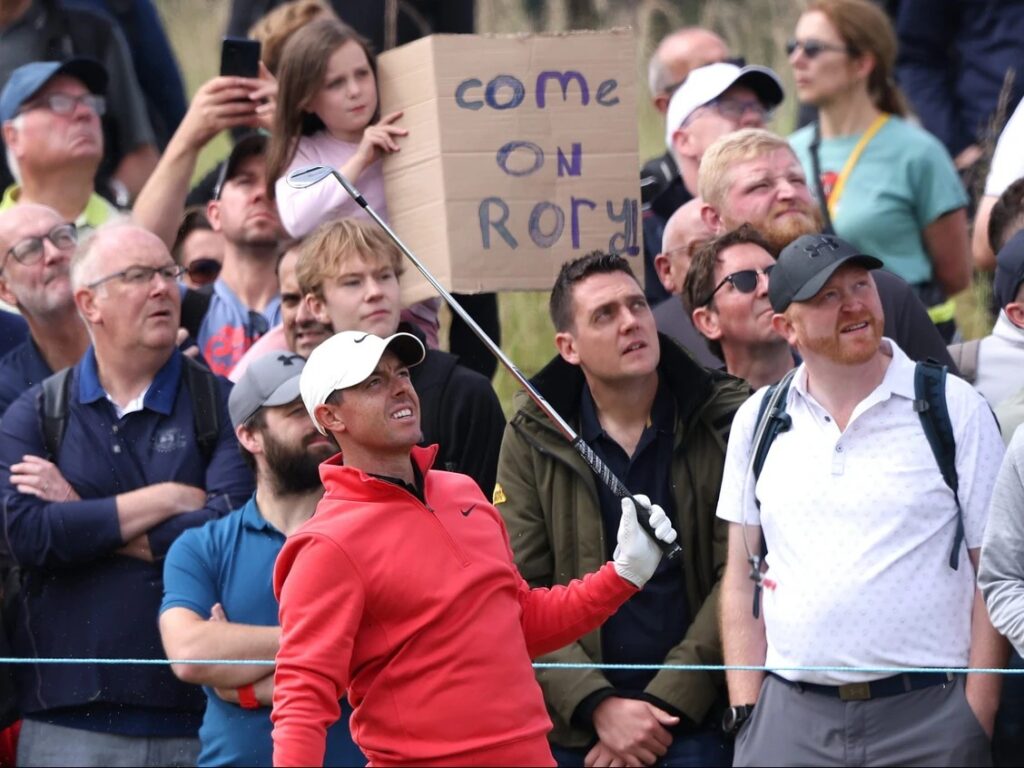
The golfing public, along with writers and media have all had their theories: Too much success too soon, too much money too soon, too much time in the gym. Some will point to life changes off the golf course, now a married man and a father whose priorities are elsewhere. I don’t buy that for a minute, happy off the course historically translates to success on the course.
Rory himself has told us many variations as to what the problem is. In the last 12 months alone we’ve gone from not having a solid enough plan, to possibly trying too hard. He tried a major swing change that was a complete departure from the move made him one of the most dominate drivers of the golf ball ever, that plan was abandoned almost immediately. He’s gone through a swing coach change, thankfully Rory took his time with this decision as often the modern-day player will make this jump too soon. He’s one of the longest players in the world, yet he tried gaining more speed in an attempt to hit it even farther. He has worked tirelessly on his putting, that must be the answer, it’s always about making more putts, right? His putting has improved recently, but still no major.
The real issue holding Rory back from his next major win is not a secret, or some great mystery, it’s actually avoidance. The real question isn’t “What’s wrong with Rory?” The question we should be asking is “Why is Rory avoiding the answer when it’s right in front of him?”
Rory has always been one of the game’s greatest off the tee, greatest long iron players, and occasionally struggled with his putting. The above was true in 2014 when he won two majors, and the above is true today. However, there are some glaring numbers that leap from the page.
In 2014, McIlroy was 31st on tour in proximity to hole, sixth in greens in regulation, 58th from 75 to 100 yards, and 12th in Strokes Gained Approach. Today, the numbers suggest a very different iron player, specifically a very different short iron player. In 2021 he is 153rd in proximity to the hole, 89th in greens in regulation, 165th from 75 to 100 yards, and 29th in Strokes Gained Approach.
Simply put, in recent years he doesn’t hit it close enough, often enough.
This is a short-iron and wedge game issue. Rory has verbalized this at times, back in November he was inspired by Dustin Johnson’s Masters win stating “he makes it look easy”, and he continued to compliment Johnson’s wedge game by suggesting that Johnson had the ability to hit wedge shots and flight his golf ball to access hole locations that Rory was just not comfortable with. Johnson spent years working specifically on his wedge game with Butch and Claude Harmon and today still points to those wedge efforts as a main component to his major success.
This is where it gets frustrating, Rory sees the math, understands the results, yet has never focused directly on the issue. It’s the equivalent of being upset at your weight because you eat too much chocolate cake, and instead you add broccoli to your diet expecting to lose pounds. My short irons aren’t good enough, let’s gain speed. I’m unable to flight my wedges, lets rebuild the swing tee-to-green.
The avoidance doesn’t make sense. The information is readily available, the tools and talent never in question. What’s missing is a plan of attack to address the root problem and to stop skirting the painfully obvious. I can’t believe Team McIlroy can’t see this. What’s confusing is why isn’t it being addressed, or why isn’t it the main focal point? If it is being addressed, then why haven’t we seen improvement?
Possibly the greatest compliment is that although the major drought and the activities around it are extremely maddening, the one thing that hasn’t changed throughout the years is Rory’s popularity. Not just amongst fans, but also with his fellow players and media. He is still a global mega star, loved by millions on both sides of the pond. Yes, it’s unlikely that somehow Team McIlroy have figured out a solution in just a few weeks since the U.S. Open, but that won’t stop the golf world from pulling for a Rory win.
The Open Championship takes place this week from Royal St. George’s and McIlroy will have one last chance this season to end the slump. There may be uncertainty with the quality of his game heading to the year’s final major, but one thing for certain is that golf is better with Rory winning majors.

